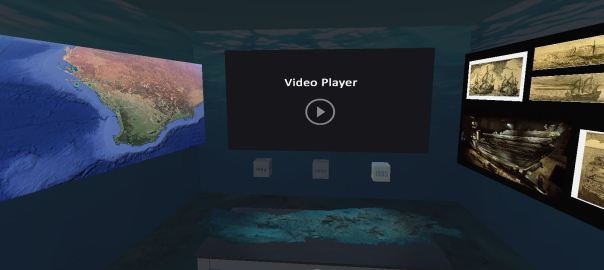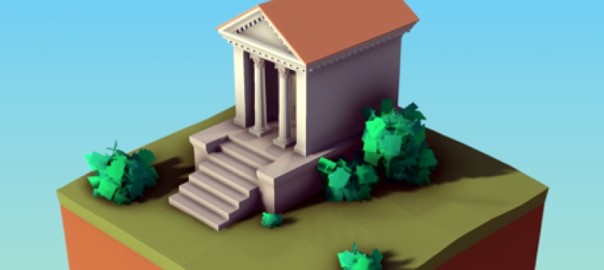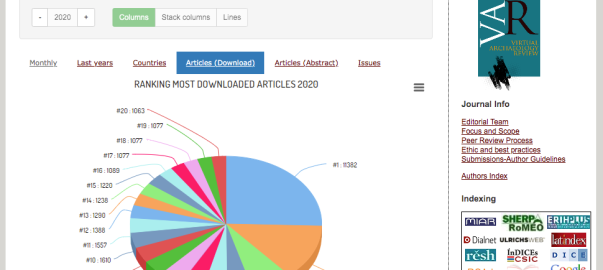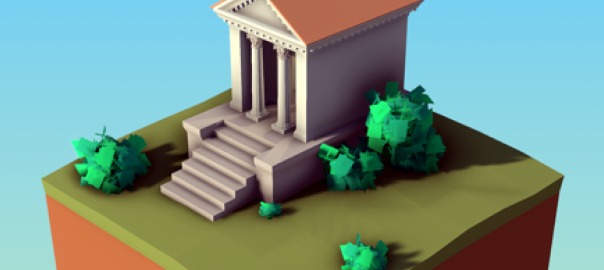This is our proposed draft chapter (7500-9000 words) for a book on medieval modding within a game (Elder Scrolls V: Skyrim).
Ear Zow Digital, Australian National University, University of Western Australia
Terhi Nurmikko-Fuller, Australian National University
Katrina Grant, Australian National University
Elder Scrolls V: Skyrim, through its rich modding possibilities, has great potential as a teaching and learning tool. The world of Skyrim, although “pseudo-medieval”,[1] can, through the use of mods, aim for a level of historical accuracy comparable to many scholarly digital 3D reconstruction projects. These types of projects are now widely accepted as a vehicle for a new way of thinking about old topics, and as a valuable prompt for engaging students. The advantage of using Skyrim is that the historically informed mods can be combined with sophisticated game mechanics to immerse and inspire students as procedural, contestable, and reconfigurable simulations. Through playful exploration, students can investigate the game world and engage with both the historically-informed and fantastical elements. But they can also become designers, and investigate historical developments through the creation of new assets, modified game mechanics, and social storytelling. Designing simulations is a further learning experience and Skyrim’s Creation Kit is thus also a pedagogical tool.
In this chapter we will explore ways in which Skyrim can be used and modified to explain, through play, three related aspects of medieval society: culture, architecture, and landscape. We will then discuss the modding capability of Skyrim, and conclude with some suggestions for how future Elder Scrolls games and game mods could be leveraged as a teaching and learning tool.
[1] von Lünen, Alexander, Katherine J Lewis, Benjamin Litherland, and Pat Cullum. 2019. Historia Ludens: The Playing Historian. Vol. 30. New York, USA: Routledge.











